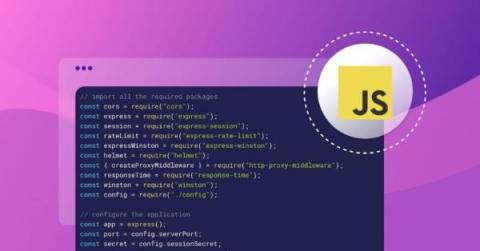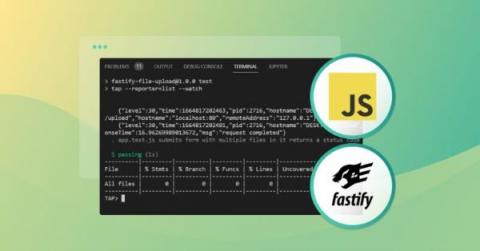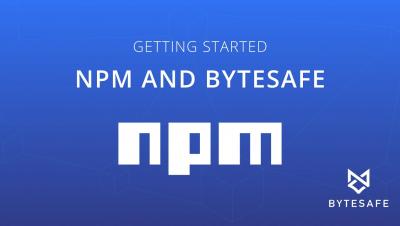Preventing insecure deserialization in Node.js
Serialization is the process of converting a JavaScript object into a stream of sequential bytes to send over a network or save to a database. Serialization changes the original data format while preserving its state and properties, so we can recreate it as needed. With serialization, we can write complex data to files, databases, and inter-process memory — and send that complex data between components and over networks.











